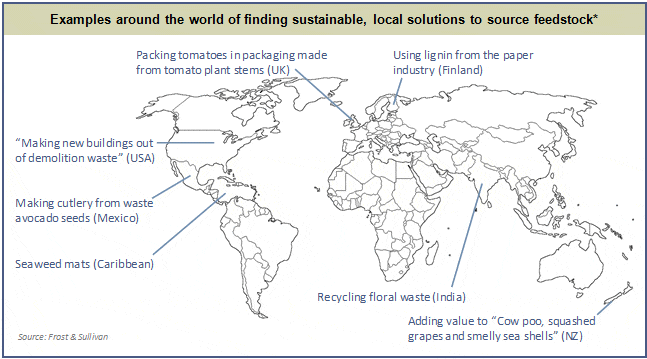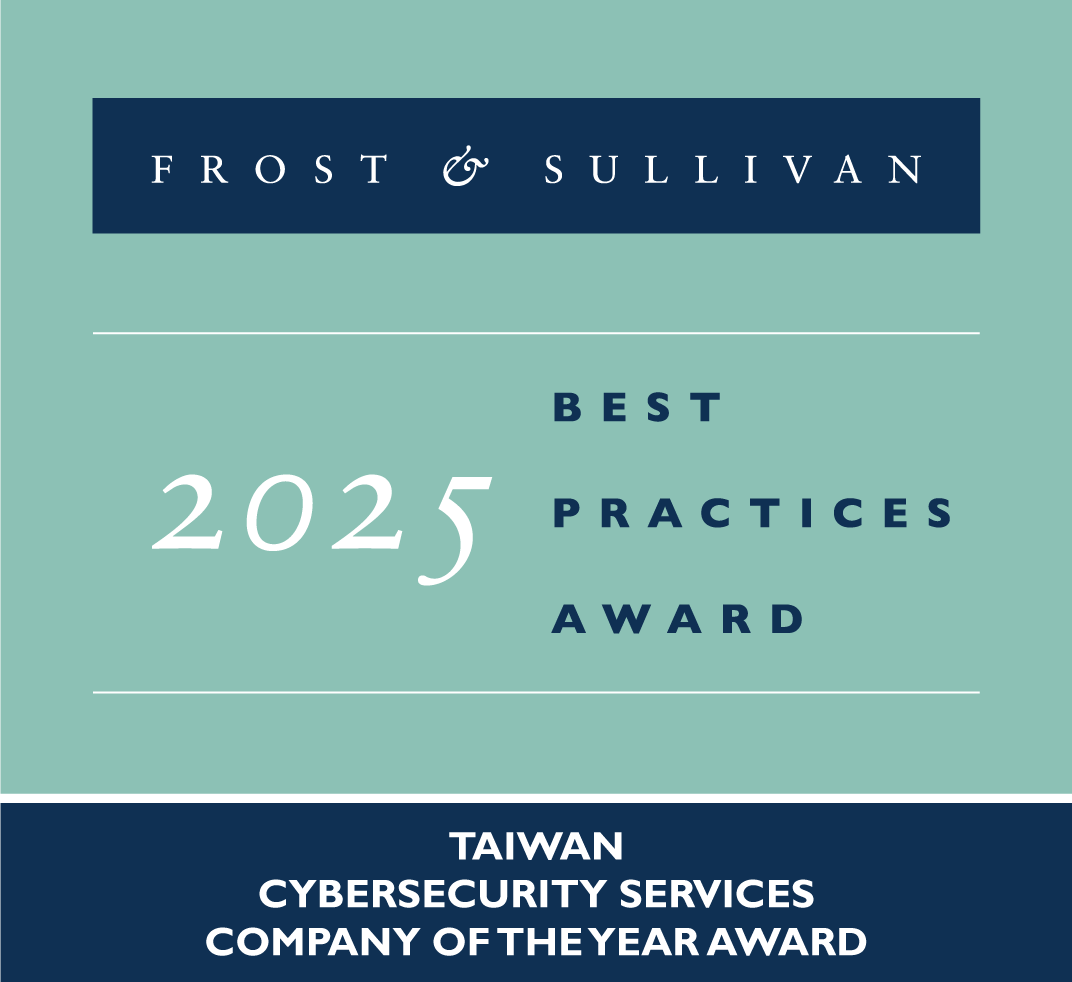By Dr. Brian Balmer, Industry Director, Performance Materials, Frost & Sullivan
 Frost & Sullivan’s first report covering the impact of Digital Transformation on the chemical industry was published one year ago, so it’s a good time to look back and reflect on some of the predictions made in that report.
Frost & Sullivan’s first report covering the impact of Digital Transformation on the chemical industry was published one year ago, so it’s a good time to look back and reflect on some of the predictions made in that report.
One of the themes identified in that study was that digital technologies will enable a new generation of chemical plants that are smaller and smarter.
But there are challenges to this. In a recent chemical industry meeting I attended, a comment was made that the engineers responsible for modern chemical plants see 1 million tpa as “normal”. They no longer know how to deal with mere tens of kilotonnes.
But after many years following the rule of “economies of scale”, a number of factors will cause a reversal. The seeds of this revolution can be seen in a number of areas. The new buzz word is not “globalisation” but “localisation”.
Learning from Nature
This theme of finding small-scale local solutions is most apparent in the sourcing of renewable feedstocks. In the past year, there has been a shift in the chemical industry away from bio-based chemicals towards better use of recyclate as a feedstock, creating a circular economy.
Nevertheless, bio-based chemicals still have an important role to play; however, the nature of this role has changed. Coming back to these themes of localisation and circular economies, 2018 and 2019 have seen many creative attempts to mimic nature, where nothing is wasted.
These initiatives show that local solutions are often the best. Companies are identifying a local “waste” product and finding ways to use it as feedstock to make something else. Some examples are shown on the map below.
*A full description of these seven examples can be found at the end of this article.
Conclusions
What does this mean for the chemical industry?
- The old paradigm of “bigger is better” is now changing.
- The business model of making things from fossil fuels is changing.
This presents massive challenges to companies with investments in large petrochemical complexes. Nevertheless, the chemical industry will still have a role to play.
What this role is, will depend on each individual case. To date, most of these projects have been created by entrepreneurs. Can the chemical industry play a role, and remain relevant in a world increasingly favouring local, sustainable solutions? Yes it can. The chemical industry has a huge amount of knowledge. This expertise, of how to turn a crude feedstock into a valuable material, will remain essential.
Perhaps the future of the chemical industry will be less “world-scale petrochemical plant” and more “knowledge as a service.”
What Next?
In addition to the seven recent examples profiled in this article, there are other new ideas being developed every day.or example, two Scottish entrepreneurs are currently looking for funding to develop the technology behind their concept to extract oils from waste coffee grounds. These oils have the potential to replace palm oil, offering a much more sustainable solution to end users because much of the world’s palm oil is produced through an unsustainable system that has destroyed large areas of rainforest. The entrepreneurs’ company, Revive Eco, recently secured some funding and is also in the race for funding from the 2019 Chivas Venture.
There are sure to be many other exciting innovations out there, waiting for support from a partner in chemistry. The question remains—how will chemical companies find the right ones to support?
Frost & Sullivan plans to explore this theme more with a series of investigations into examples of localisation, working with nature, etc. We want to find out which markets will be affected by these new innovations. Was chemistry expertise crucial to their success? What role might the chemical industry play as these concepts become more common? Are they threats or opportunities?
Rather than “making things from crude oil”, could the chemical industry in the future exist primarily as a purveyor of knowledge to support the development of these alternative products?
Contact us to learn more about our proposal and to find out how you can become a member of the consortium to help us design the research and benefit from the findings.
Appendix: The Seven Examples of Sustainable, Local Solutions to Source Feedstock
Packaging made from tomato plant stems
UK
Announced June 2018
Supermarket chain Waitrose is leading in a number of initiatives to reduce the environmental impact of its packaging. A particularly innovative solution, leveraging a local resource, was announced in 2018. The company developed new packaging for its fresh tomatoes to replace plastic.
The new solution is actually made from the tomato plants themselves. After the fruit is harvested, the green matter is waste. Waitrose developed a technology to extract fibres that can be turned into packaging for the tomatoes. The residue that remains can also be used as compost.
Tomato production is not unique to the UK, so the term “localisation” can’t really be applied. However, this example is very relevant since the concept allows both product and packaging to be made from the same plant.
Using lignin from the paper industry
Finland
Announced February 2018
In 2018, Stora Enso launched Lineo, a renewable material made from the lignin that is generated as a by-product of the paper industry. The product launch won Stora Enso several awards and is a culmination of many years of development that Frost & Sullivan has followed since 2013. At that time, Metso (now Valmet Corporation) developed a technology to extract lignin from the paper-making process in a highly sustainable process. Stora Enso installed Valmet’s technology in its Sunila mill in 2015 and has now released a commercial product to the market.
The technology remains an excellent example of upcycling: turning lignin, which would otherwise be burnt for its energy content, into a more value-added product.
Recycling floral waste
India
Announced August 2018
India has an enormous cut-flower market. Flowers are regularly left at temples, to such an extent that disposing of them is a major problem. The solution, historically, has been to push them into the river. However, there is a growing realisation in India that its rivers must be cleaned up.
An Indian entrepreneur and chemical engineer began researching methods to extract useful chemicals from these waste flowers. By 2018, pilot studies suggested that essential oils could be extracted from old flowers. Then the remaining biomass can be composted.
This is a great example of identifying a waste problem and using chemistry to turn it into an opportunity.
Adding value to “Cow poo, squashed grapes and smelly sea shells”
New Zealand
Announced October 2016
Scion is a New Zealand institute that specialises in research, science and technology development for the forestry, wood product, wood-derived materials, and other biomaterial sectors. In 2016, it announced several initiatives designed to make use of a locally available feedstock and transform it into something useful.
Foremost amongst these was the use of must (leftovers from crushing grapes for the wine industry) to produce biodegradable clips that this same industry can use to replace polystyrene clips that were littering vineyards. This solution makes use of something that is otherwise considered waste to make a product that also solves another waste problem.
Scion is still active and is one of six finalists in the Nova Institute’s 2019 innovation awards.
Seaweed mats
Caribbean
In August 2018, the largest known beaching of sargassum seaweed on Caribbean shores took place. Beaches across the region were completely covered; the seaweed mats are extremely difficult to dispose of and began to decay.
This case study is included, not because anyone has made use of the seaweed, but because it remains a problem that has no solution. It demonstrates that there remain large sources of “waste” with the potential to be used with some clever chemistry and engineering. The biggest challenge in this case is that the beaching is a very irregular occurrence.
Companies in other parts of the world are making innovative use of seaweed; for example, Haeckels in the UK uses it to make personal care products.
Making cutlery from avocado seeds
Mexico
Announced February 2019
Mexico is the world’s main producer of avocadoes. Many are converted locally into products such as guacamole, and this generates a vast amount of waste from the fruit’s seeds. The seeds are seen as difficult and expensive to dispose of.
A local biochemical engineer set up a new company, Biofase, to develop a process to turn these seeds into useful products. The result was the launch of a range of biodegradable cutlery in 2019.
Like many of the other solutions here, it uses a waste product and turns it into something useful that helps tackle the issue of non-biodegradable, disposable plastic cutlery. Furthermore, it took the skills of a chemical engineer to make it work.
Making new buildings out of demolition waste
USA
Announced October 2018
The waste problem tackled in this example is not so much a local issue as a universal one. Nevertheless, the need for it will often be localised.
Architectural firm Redhouse Studio designed the Biocycler, a mobile unit that processes demolition waste using fungi, turning it into a new building material. The developer’s vision is that the units will be particularly useful in areas that have been hit by natural disasters, such as earthquakes or hurricanes, allowing new buildings to be created from the destruction.
The Biocycler uses mycelium as its binder. Redhouse is said to have been inspired by the technology behind MycoWorks. Fungi still represent a huge untapped source of biotechnology for the chemical industry to explore.





